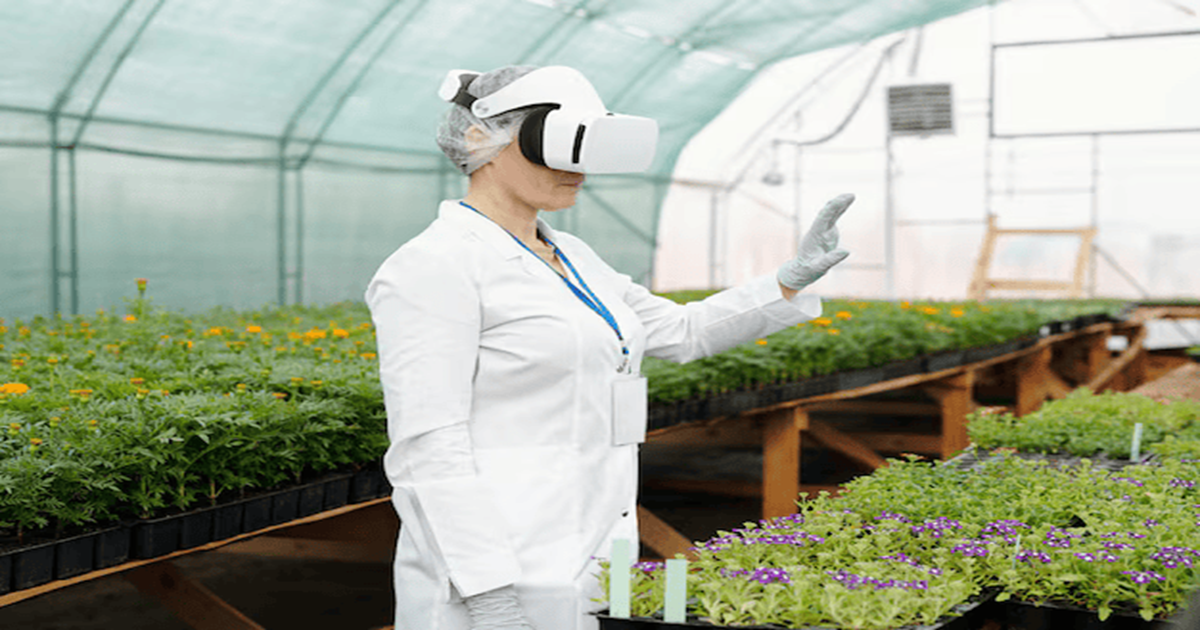Virtual Reality in Greenhouse Installation Training & Hydroponic
Virtual Reality / Agriculteur
At Asfan International, we believe in making learning hands-on, safe, and interactive. Our new Virtual Reality (VR) Greenhouse Installation Training & Hydroponic project allows trainees to practice every step of building and setting up a greenhouse in a realistic 3D environment.
This innovative training reduces risks, saves costs, and helps students and professionals master greenhouse installation efficiently.
Explore More Projects
We welcome your questions, do not hesitate to contact us
- Create virtual reality and augmented reality experiences at the best prices
- Equipping engineering laboratories with the best equipment
- Virtual tours with 360° technology and also feature that you can see them through just one link
- Create virtual reality and augmented reality experiences at the best prices
- Equipping engineering laboratories with the best equipment
-
Virtual tours with 360° technology and also feature that you can see
them through just one link



